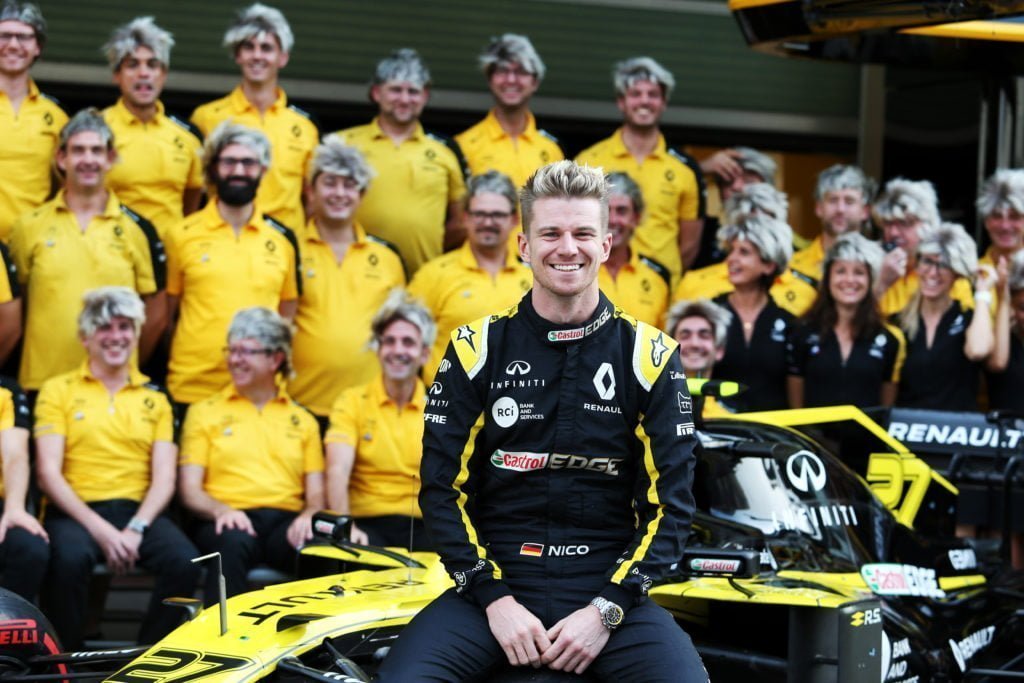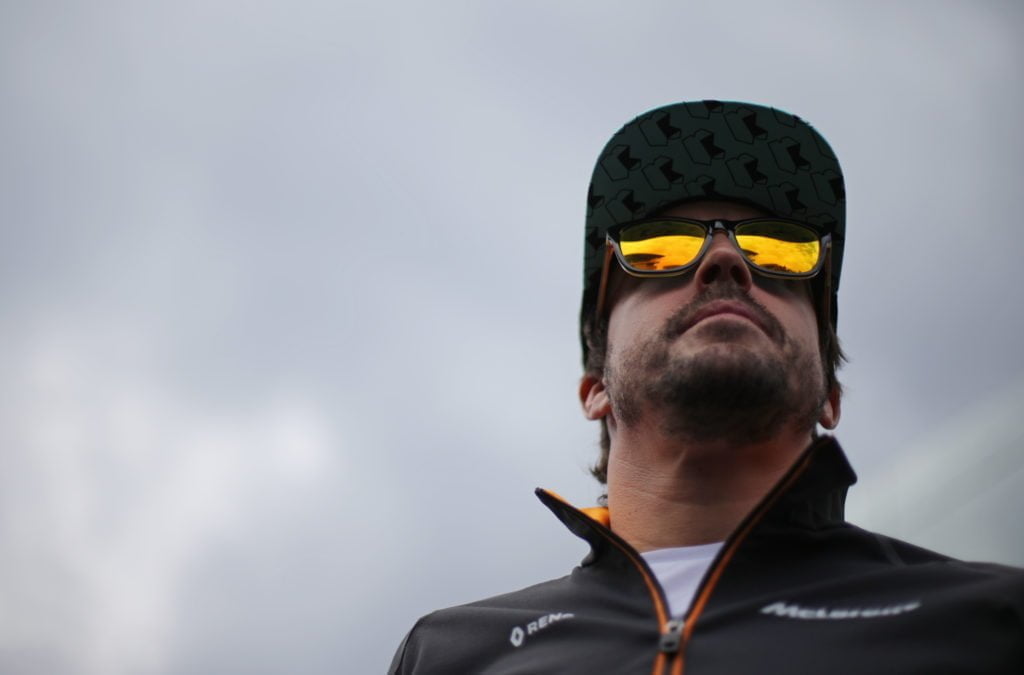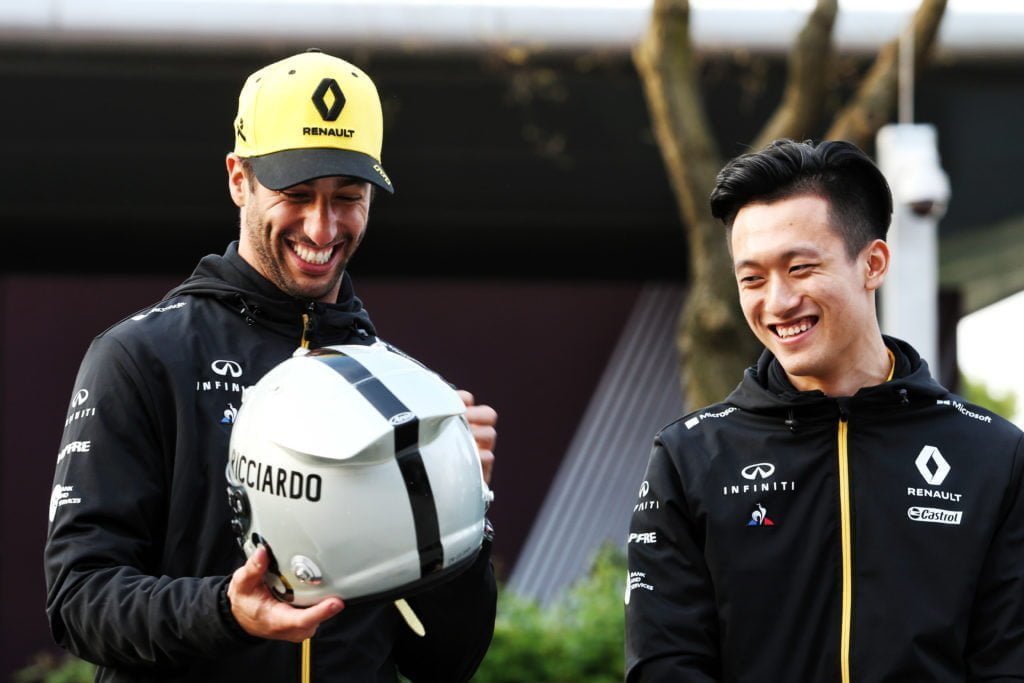When Renault returned to Formula 1 in 2016 it outlined the target of challenging for podiums in year three and the title in year five. It failed in the first aspect and while the 2020 campaign has yet to begin only a fantasist would expect the R.S.20 to emerge as a championship contender, given the more modest goal of re-emerging as the midfield leader. The recruitment of Daniel Ricciardo was a feather in Renault’s cap and underscored the gains it had made through 2018. Ricciardo did want a fresh start, and had few realistic alternatives, but he still put pen to paper at Renault.
Less than two years later Ricciardo is off, joining the likes of Kevin Magnussen, Jolyon Palmer, Carlos Sainz Jr., and Nico Hulkenberg as an ex-Renault employee. There must be a certain irony that the driver Renault turfed out to make way for Ricciardo is now joining Ferrari, with Ricciardo himself replacing him. It means that in the current game of musical chairs Renault is left with a seat needing to be filled by a driver. Which way should it turn? Motorsport Week takes a look at some potential options facing Renault.
Build around Ocon
The Renault-Ocon relationship has been a complex one so far. He was part of Renault predecessor Lotus’ Gravity scheme in 2014, leading to a couple of F1 tests, and then re-appeared as its reserve driver for the first half of 2016, on loan from Mercedes. Then there was a deal for 2019 that was reneged last-minute when Ricciardo became available. And when a Renault-Ocon race seat contract was finally agreed a global pandemic struck. It’s been nine months since his deal was announced and he still hasn’t started a race for the manufacturer. Bad luck. Nonetheless, both parties are in this for the long term. The hurt of missing a 2019 seat fuelled Ocon’s determination to return while Renault is highly aware of the Frenchman’s ability. Ocon started 50 grands prix for Manor and Force India and therefore has prior experience, and his planned 2020 match-up with Ricciardo created one of the most tantalising head-to-heads on the grid. But with Ricciardo sauntering towards the Enstone exit it is a prime opportunity for Ocon to seize the initiative and get his feet under the table.

Return for Hulkenberg
Renault wanted Ocon. It wanted Ricciardo. And it meant Hulkenberg paid the price. Hulkenberg was considered by Haas, but it opted against a driver change owing to a desire for continuity, while there was a push within Alfa Romeo to sign him, before Ferrari kept Antonio Giovinazzi in that seat. Hulkenberg remains open to a Formula 1 return if afforded the right opportunity, and, given the changed circumstances, why not re-start the project which he was with for three years? “Nico has been a pillar in the team’s construction,” said boss Cyril Abiteboul last September, after Hulkenberg’s departure was confirmed. “He’s obviously also a great driver. He’s a huge professional outside of the track, has got huge experience. For me, whether it’s between Renault and Nico, or Formula 1 and Nico, it will be unfinished business.” Rival boss Christian Horner commented that Hulkenberg “should be in Formula 1” while ex-team-mates concurred. “If it was speed and talent, he should be on the F1 grid until whenever he wants,” said 2018 partner Sainz. “I certainly think he still has time in the sport if he wants it,” commented Ricciardo last November. “His ability is certainly there to do it.” At the end of 2019 Hulkenberg was keen to experience life outside of the hamster wheel of F1. If he does want to return, and if Renault wants a fast driver who can bag points, it knows Hulkenberg’s capabilities.

Risk it all with Alonso
This would be straight out of the ‘unexpected’ playbook but nothing in Formula 1 should take anyone by surprise. Alonso won his two Formula 1 titles with the marque in 2005/06, scuttled back for another two seasons after his initial McLaren stint, and then raced its engines during his most recent campaign in 2018. Alonso has never fully closed the door to a Formula 1 return and, even though he would be 39 by the time the 2021 season begins, remains exceptionally fit, and is still active at a high level in other competitions. Nigel Mansell won the title when he was 39, Kimi Raikkonen is still on the grid aged 40, while Michael Schumacher returned to the sport aged 41. But even if Renault did come calling, and could shell out enough capital to secure his services, the bigger question is whether Alonso would want it. He would have to be utterly convinced of its ability to contend for a world title from the outset under new regulations in 2022, effectively spending 2021 treading water in the midfield while building relationships. The only issue from a marketing perspective is that if a project succeeds it would be because of Alonso, and if it fails it would be because of Renault. The flip side is recruiting a megastar of Alonso’s calibre would reaffirm Renault’s commitment and ambitions in wanting to return to the very front of the grid.

Look to its Academy
When Renault returned to Formula 1 in 2016 it re-formed its young driver academy, and recently outlined the ambition of having one of its proteges in a seat by 2021. The departure of Ricciardo has created a vacancy, the promotion of a young gun would be the inexpensive option, and it would also provide a learning year with a car expected to be firmly in the midfield. The likeliest options would be current test driver Guan Yu Zhou or Christian Lundgaard. Zhou, formerly under Ferrari’s wing, finished last year as Formula 2’s top rookie, and faces a crucial year, assuming the series can get its 2020 campaign up and running. Zhou would become Formula 1’s first Chinese driver, opening a massive market for a car manufacturer, albeit with the caveat that the coronavirus pandemic has put a wrecking ball through the automotive industry. It must also be noted that Renault last month withdrew from its Dongfeng alliance after poor sales. Lundgaard, meanwhile, had a stronger F3 campaign than pure results suggested, and the 18-year-old had a test in 2017-spec F1 machinery mid-season. He is poised to step up to Formula 2 with the ART GP team that guided George Russell and Nyck de Vries to the last two titles.











Discussion about this post